One of the 1937 Fords’ distinguishing characteristics is their raked vee windshields. As a styling and design element it worked wonders to complement the more aerodynamic styling of the 1937 Fords, bringing a cohesive theme to the execution of the many body styles in Ford’s catalog. Less well known, but even more important, was the practical effect of this styling element. It leaned back into the roof, shortening it by an inch or so. A seemingly small change, it made possible an important development in Ford’s bodies by reducing the projected area of the Fordor and Tudor roofs to within the capacity of the largest available presses to stamp them out of a single sheet of steel. A fabric or composite panel was no longer required to fill the roof of a sedan. Workmen no longer had to spent time and effort fitting the panels into the roofs of Ford’s highest volume models. They didn’t develop leaks and squeaks. For the first time Ford’s bodies were all-steel, with no wood framing or supports at all. It was an immensely important change in the way Ford built automobiles. 1937 also saw Ford’s clearest and most significant differentiation yet between the Standard and Deluxe lines. Until 1937 it was a matter of an additional horn, windshield wiper, taillight, a little chrome trim and maybe a clock or additional instrument. From 1937 on the difference became clear and important. However the most important single change was Ford’s addition of a new, smaller, lightweight V-8 engine. Displacing 136 cubic inches and rated 60 horsepower at 3,600 rpm (contrasted with the standard Ford V-8’s 221 cubic inches and 85 horsepower at 3,800 rpm) the so-called V-8 60 had been used in England and France for two years before being introduced as an economy engine in the United States. Matching its smaller size, lighter weight (400 pounds compared with the 85hp V-8’s 575 pounds) and lower power was a smaller 3-speed manual transmission, lower ratio rear axle and smaller tires. The V-8 60 proved to be a practical alternative to the 85 hp V-8 only in the most conservative situations where its puny torque (85 lb-ft at 2,500 rpm) was at less of a disadvantage to the bigger V-8’s robust pulling power (149 lb-ft at 2,000 rpm). The Hogan Collection’s 1937 Ford Standard Tudor Sedan is powered by a correct 1937 V-8 60 engine. It has the welded sheet stainless steel cylinder block sidewalls which were features of the 1937 V-8 60. It was one of several Fords which Jack Hogan acquired from the Towe Museum. At the time of acquisition it had some damage to the right rear fender but was otherwise completely original. The body damage was repaired and the body repainted from the roof drip rail downward. Today its odometer shows 58,210 miles and the car is, aside from the paint work and the engine, completely original. The interior and chassis are untouched except for careful and sympathetic cleaning and detailing. The two windshield panes and the left rear window pane are equipped with insulating inner glass panels to improve visibility in cold, humid weather. It has a luggage rack and wide whitewall tires but is otherwise as modestly equipped as any good Ford Standard should be, and it comes with an original V-8 60 Owner’s Manual and sales information sheet. Its originality makes it an ideal candidate for judging in the Early Ford V-8 Club’s “Rouge” class for unrestored or partially restored cars although it has to date never been judged, only carefully preserved and maintained in the Hogan Collection. It was chosen for an important role as “Heimy, II” in the recent documentary The Eloquent Nude about the life and Guggenheim fellowship-financed journey of photographer Edward Weston and his wife Charis Wilson. The Collection’s 1937 Ford Standard Tudor marks an important transition in the collection’s theme, from meticulously restored and well-equipped cars to carefully and sympathetically preserved cars which begin to illustrate the “grilles”, that is the Standard and Del
One of the 1937 Fords’ distinguishing characteristics is their raked vee windshields. As a styling and design element it worked wonders to complement the more aerodynamic styling of the 1937 Fords, bringing a cohesive theme to the execution of the many body styles in Ford’s catalog. Less well known, but even more important, was the practical effect of this styling element. It leaned back into the roof, shortening it by an inch or so. A seemingly small change, it made possible an important development in Ford’s bodies by reducing the projected area of the Fordor and Tudor roofs to within the capacity of the largest available presses to stamp them out of a single sheet of steel. A fabric or composite panel was no longer required to fill the roof of a sedan. Workmen no longer had to spent time and effort fitting the panels into the roofs of Ford’s highest volume models. They didn’t develop leaks and squeaks. For the first time Ford’s bodies were all-steel, with no wood framing or supports at all. It was an immensely important change in the way Ford built automobiles. 1937 also saw Ford’s clearest and most significant differentiation yet between the Standard and Deluxe lines. Until 1937 it was a matter of an additional horn, windshield wiper, taillight, a little chrome trim and maybe a clock or additional instrument. From 1937 on the difference became clear and important. However the most important single change was Ford’s addition of a new, smaller, lightweight V-8 engine. Displacing 136 cubic inches and rated 60 horsepower at 3,600 rpm (contrasted with the standard Ford V-8’s 221 cubic inches and 85 horsepower at 3,800 rpm) the so-called V-8 60 had been used in England and France for two years before being introduced as an economy engine in the United States. Matching its smaller size, lighter weight (400 pounds compared with the 85hp V-8’s 575 pounds) and lower power was a smaller 3-speed manual transmission, lower ratio rear axle and smaller tires. The V-8 60 proved to be a practical alternative to the 85 hp V-8 only in the most conservative situations where its puny torque (85 lb-ft at 2,500 rpm) was at less of a disadvantage to the bigger V-8’s robust pulling power (149 lb-ft at 2,000 rpm). The Hogan Collection’s 1937 Ford Standard Tudor Sedan is powered by a correct 1937 V-8 60 engine. It has the welded sheet stainless steel cylinder block sidewalls which were features of the 1937 V-8 60. It was one of several Fords which Jack Hogan acquired from the Towe Museum. At the time of acquisition it had some damage to the right rear fender but was otherwise completely original. The body damage was repaired and the body repainted from the roof drip rail downward. Today its odometer shows 58,210 miles and the car is, aside from the paint work and the engine, completely original. The interior and chassis are untouched except for careful and sympathetic cleaning and detailing. The two windshield panes and the left rear window pane are equipped with insulating inner glass panels to improve visibility in cold, humid weather. It has a luggage rack and wide whitewall tires but is otherwise as modestly equipped as any good Ford Standard should be, and it comes with an original V-8 60 Owner’s Manual and sales information sheet. Its originality makes it an ideal candidate for judging in the Early Ford V-8 Club’s “Rouge” class for unrestored or partially restored cars although it has to date never been judged, only carefully preserved and maintained in the Hogan Collection. It was chosen for an important role as “Heimy, II” in the recent documentary The Eloquent Nude about the life and Guggenheim fellowship-financed journey of photographer Edward Weston and his wife Charis Wilson. The Collection’s 1937 Ford Standard Tudor marks an important transition in the collection’s theme, from meticulously restored and well-equipped cars to carefully and sympathetically preserved cars which begin to illustrate the “grilles”, that is the Standard and Del

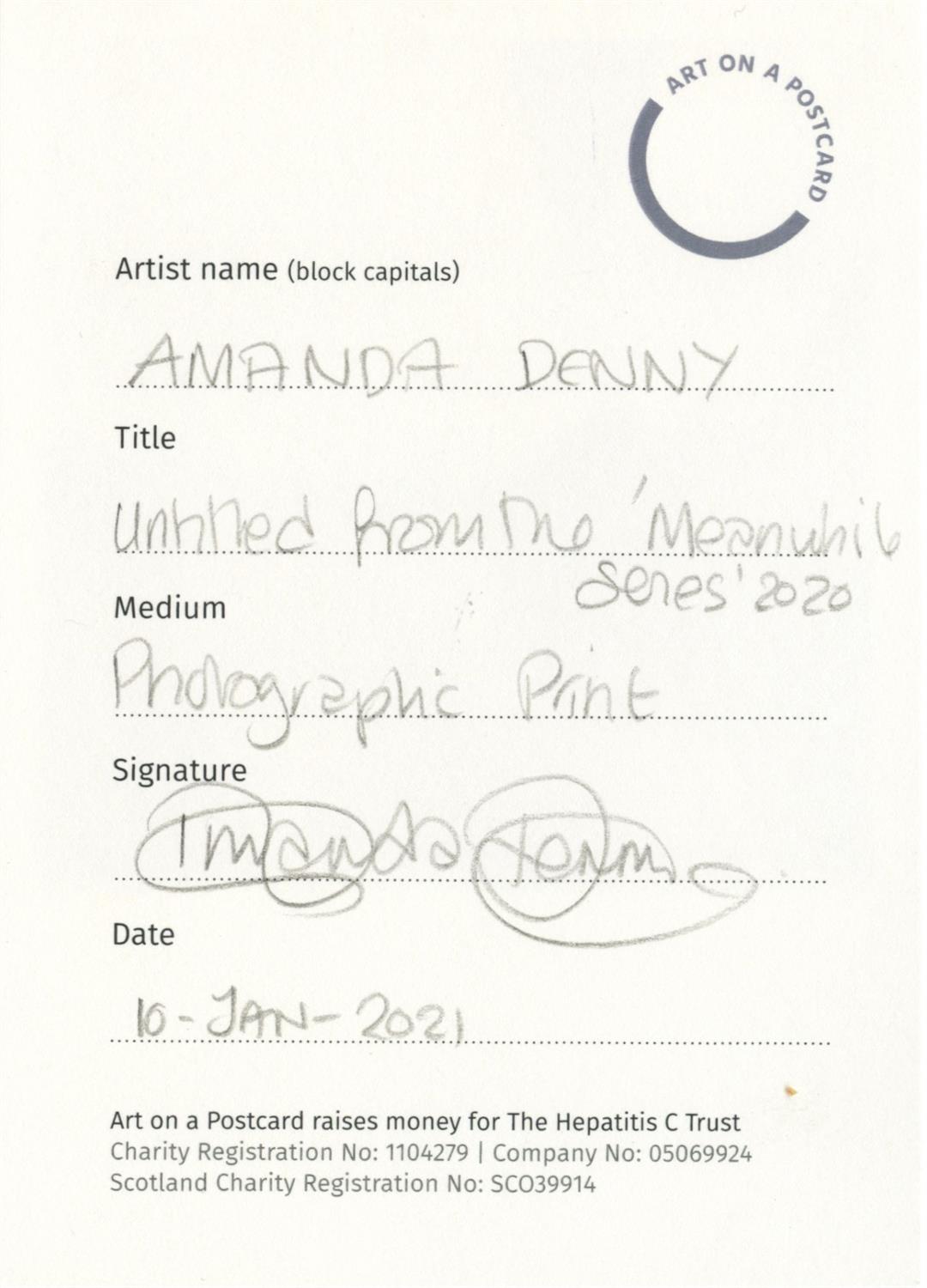
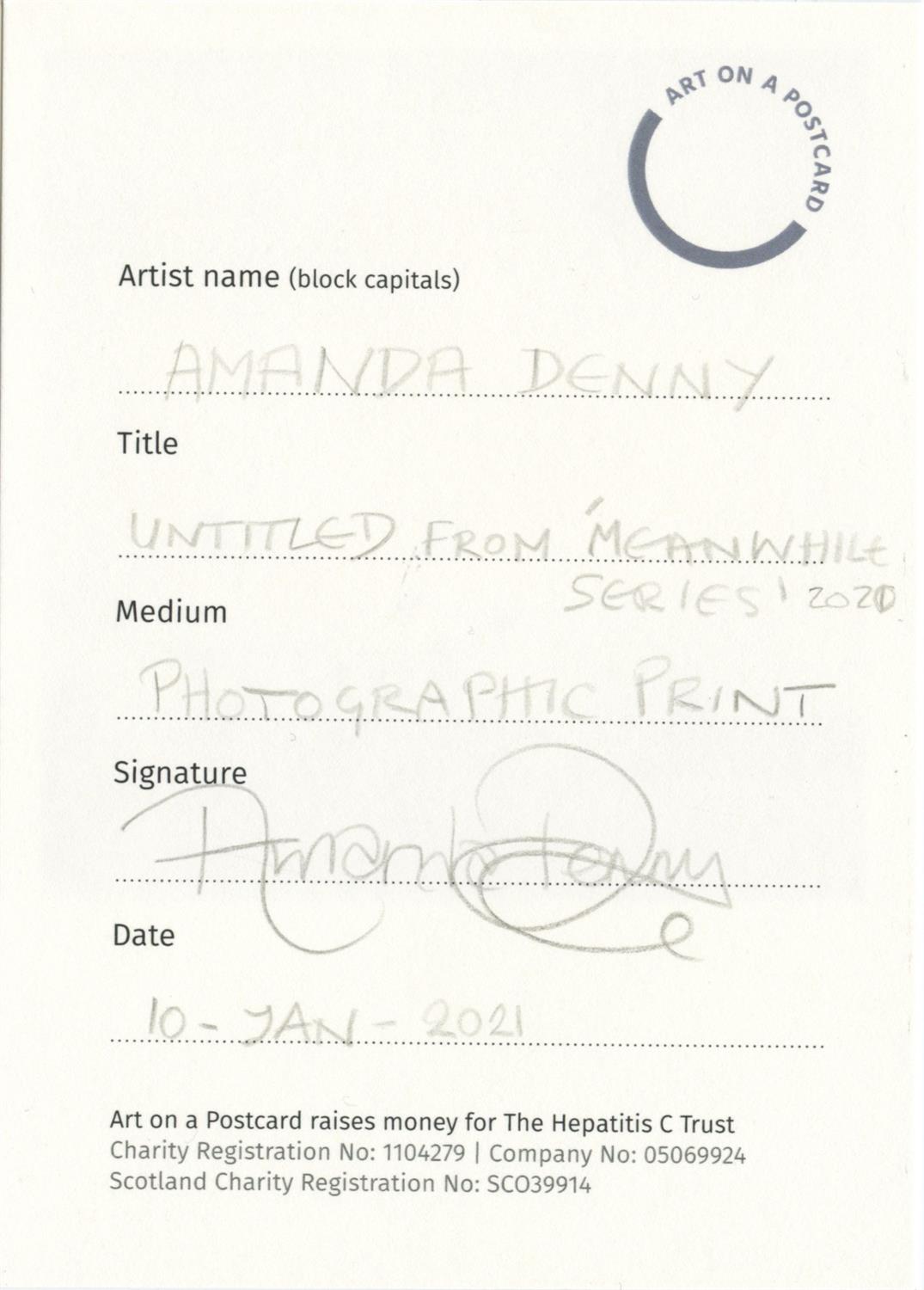
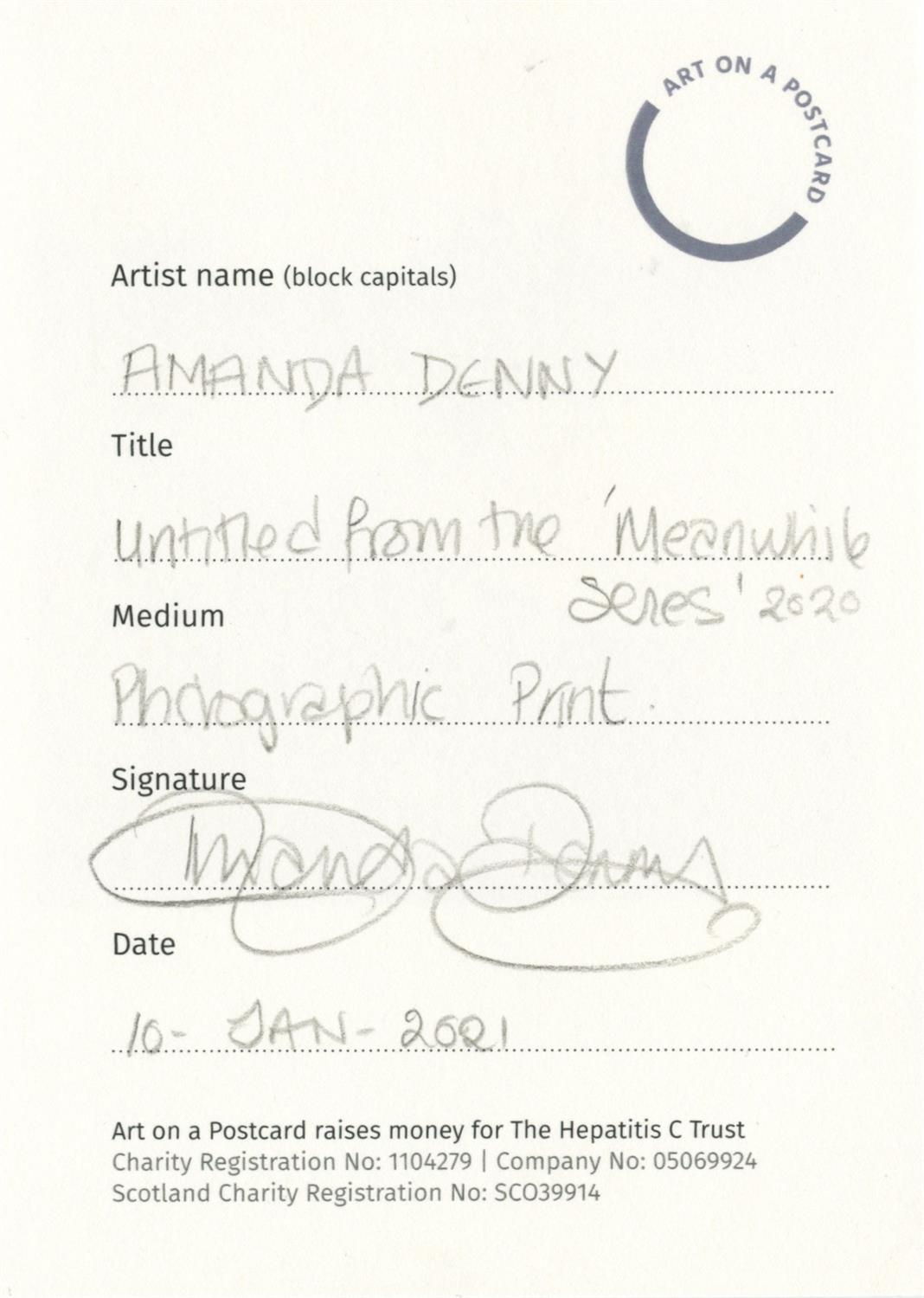
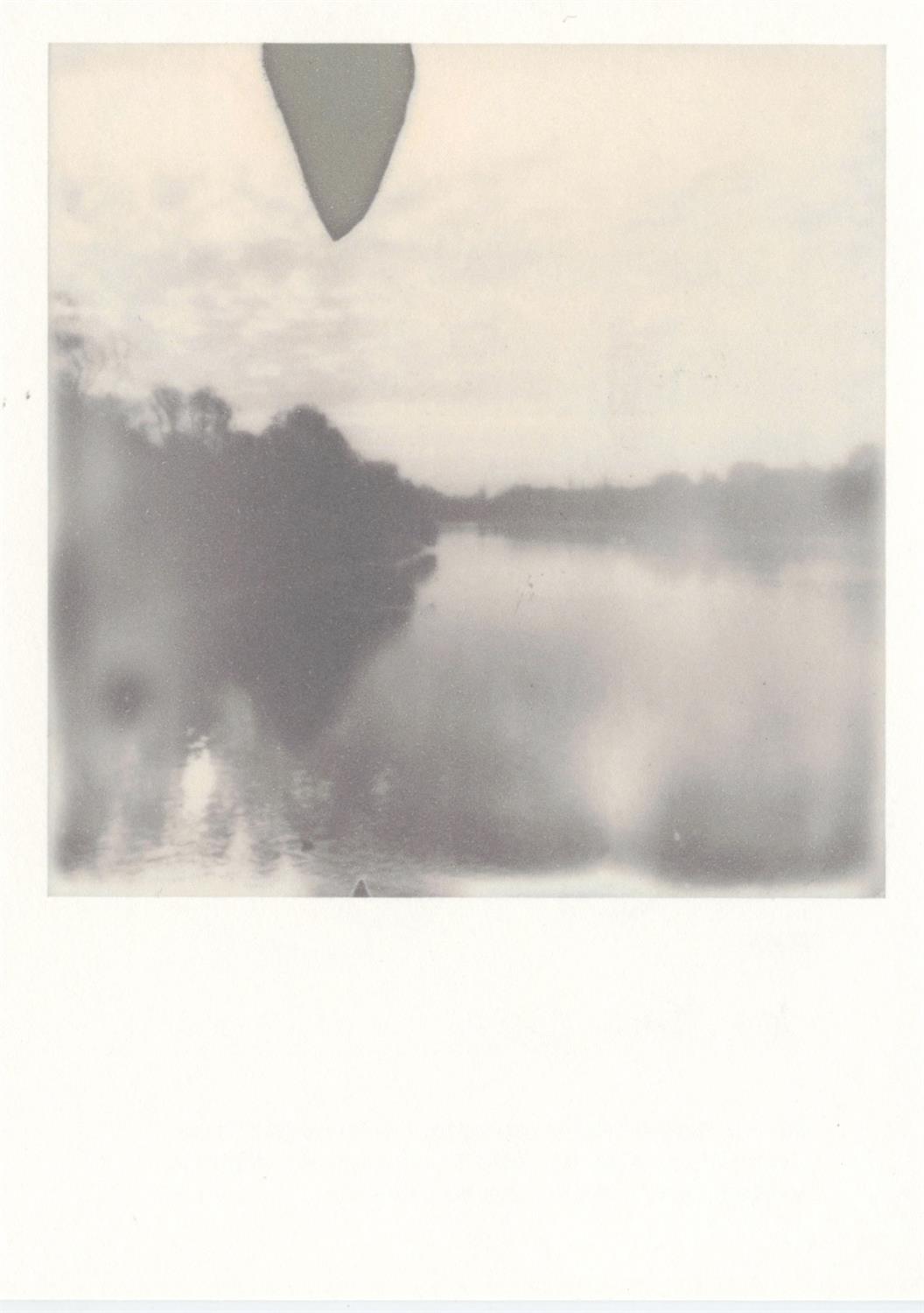
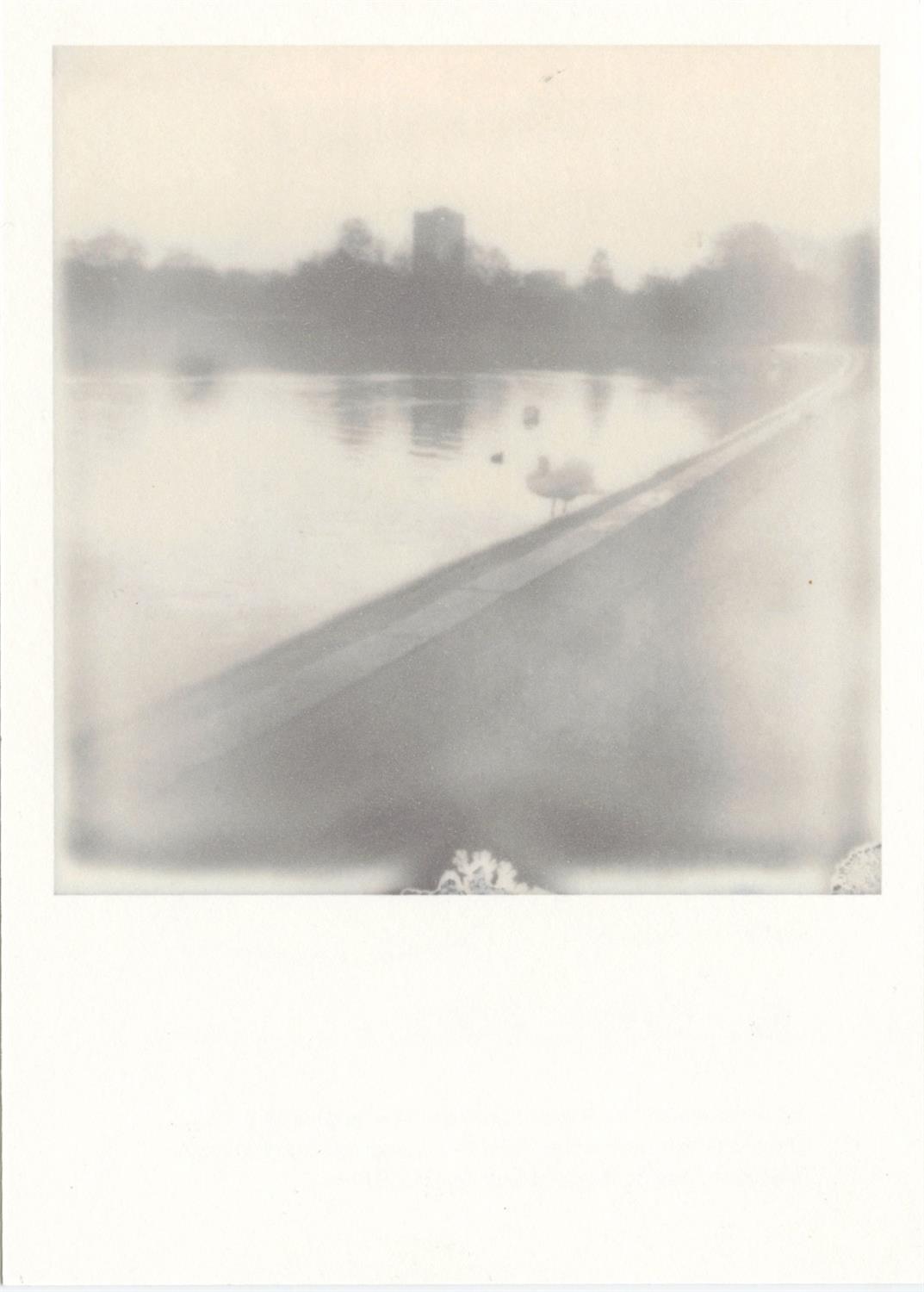
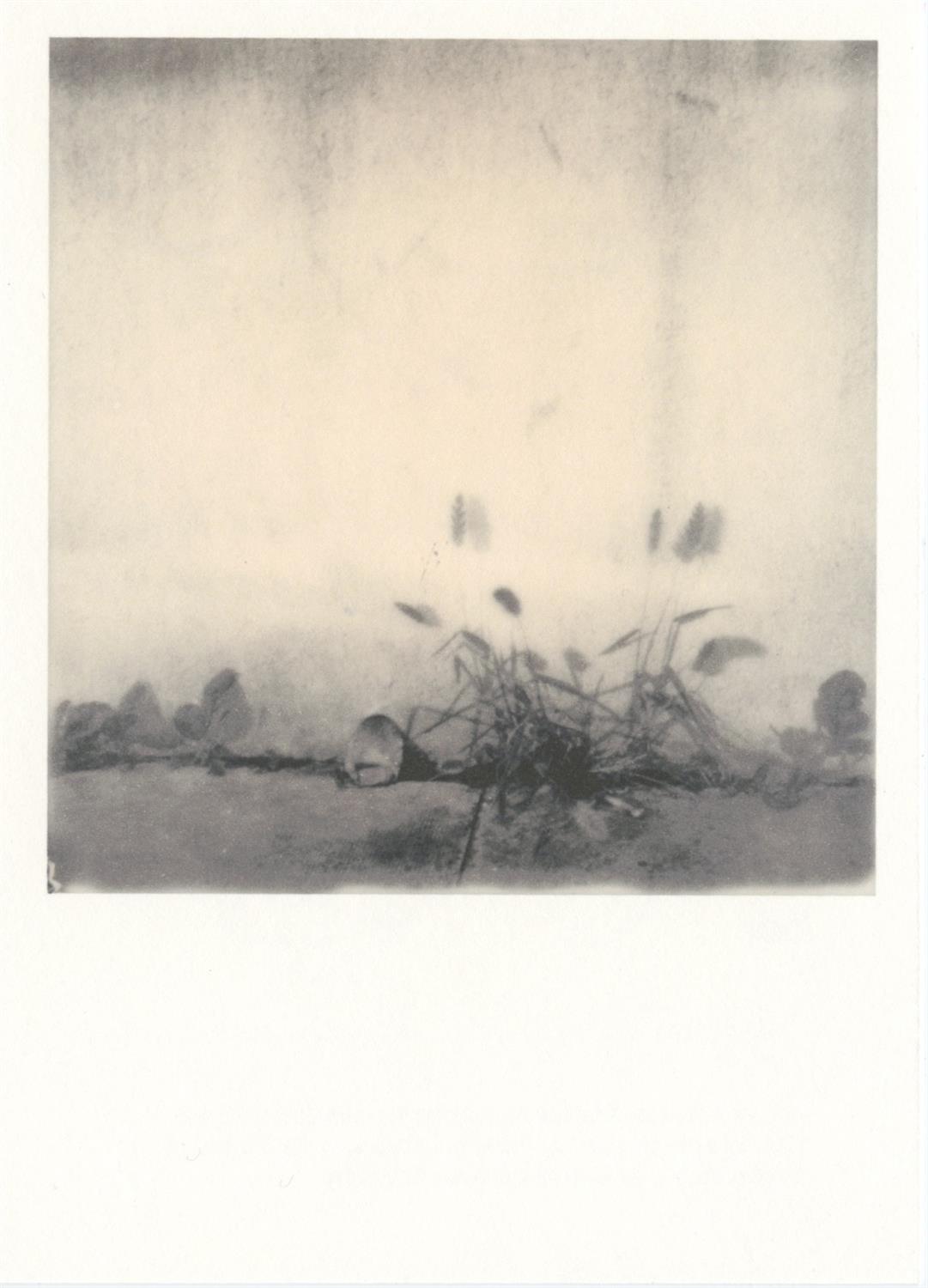

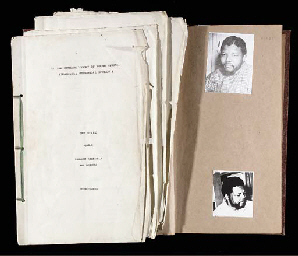

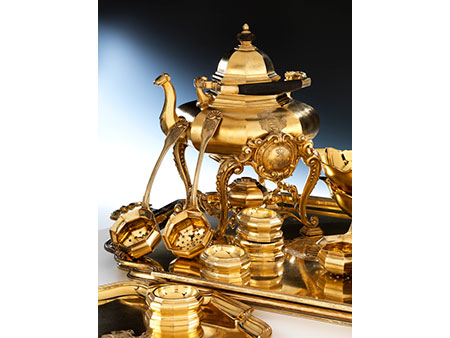

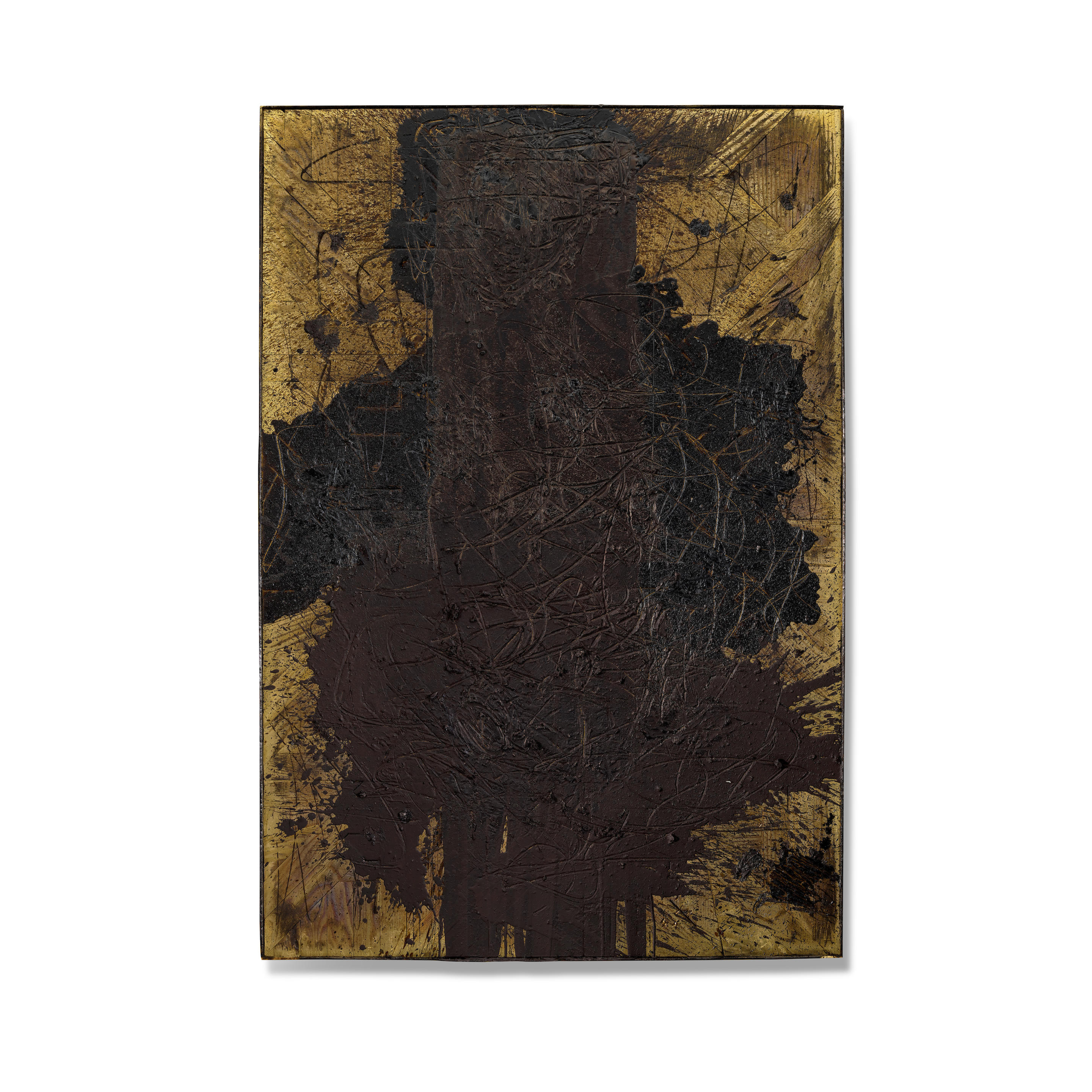


Testen Sie LotSearch und seine Premium-Features 7 Tage - ohne Kosten!
Lassen Sie sich automatisch über neue Objekte in kommenden Auktionen benachrichtigen.
Suchauftrag anlegen